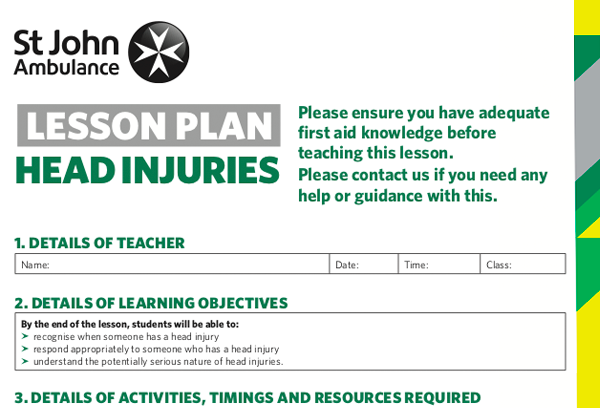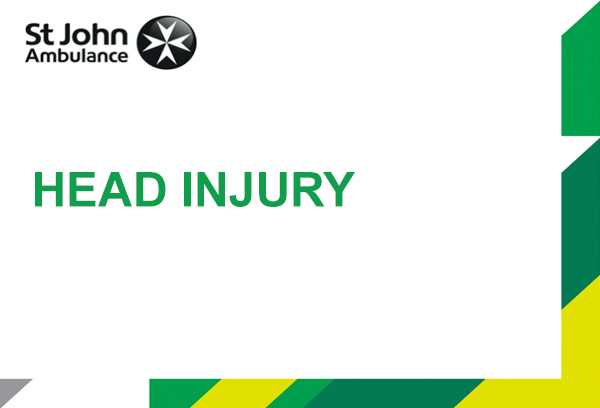be able to recognise the signs and symptoms of a minor and severe head injury, and give initial first aid treatment
Head injuries in adults
All head injuries are potentially serious because they may damage the brain. A head injury may cause damage to the brain tissue, a skull fracture or an injury to the spine or neck. Learn what to do.










